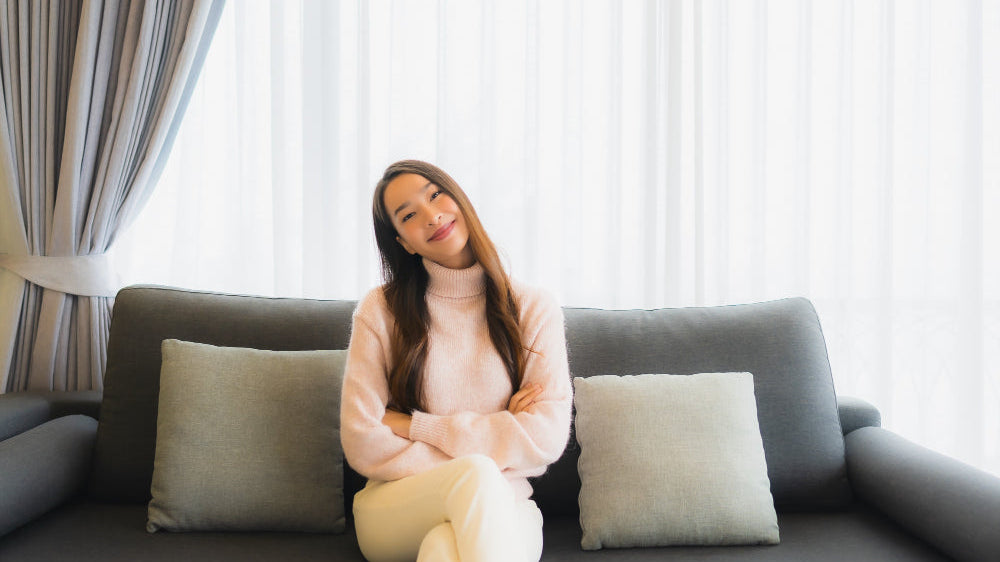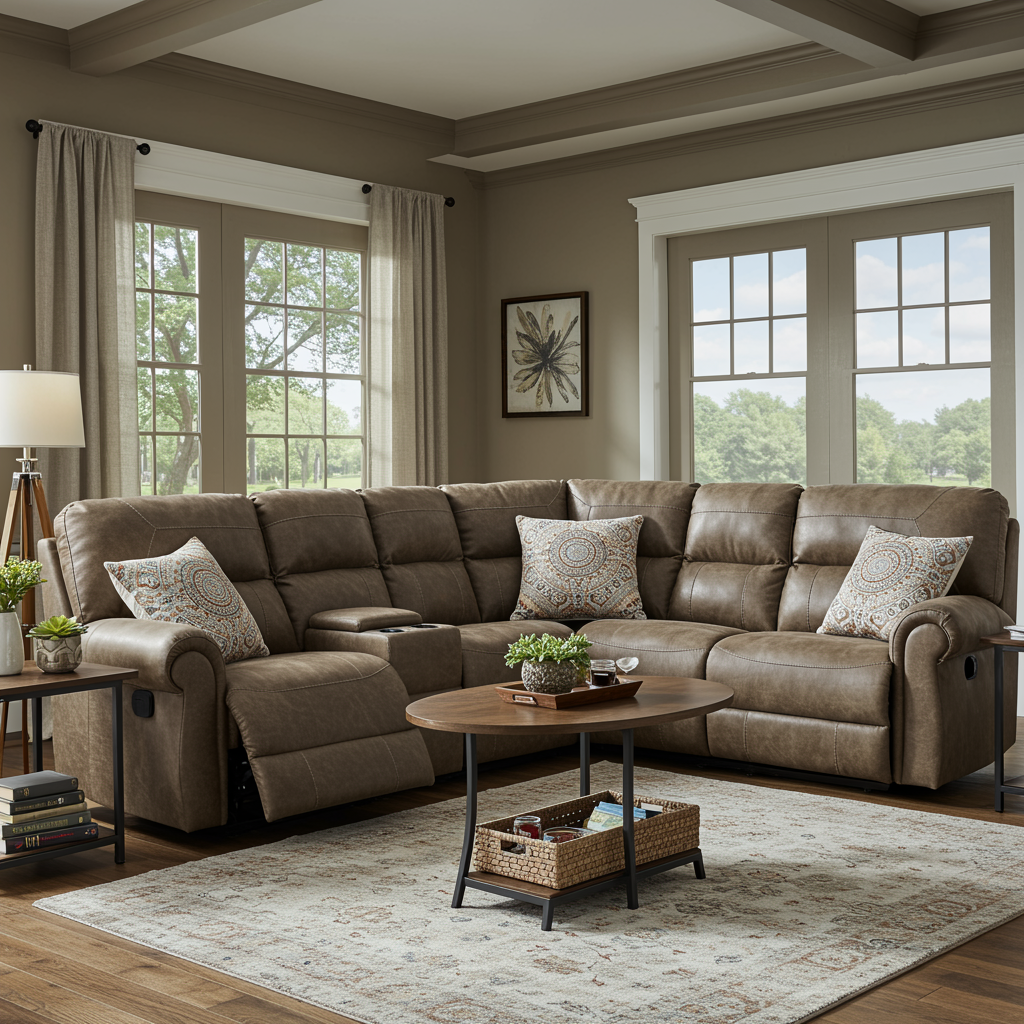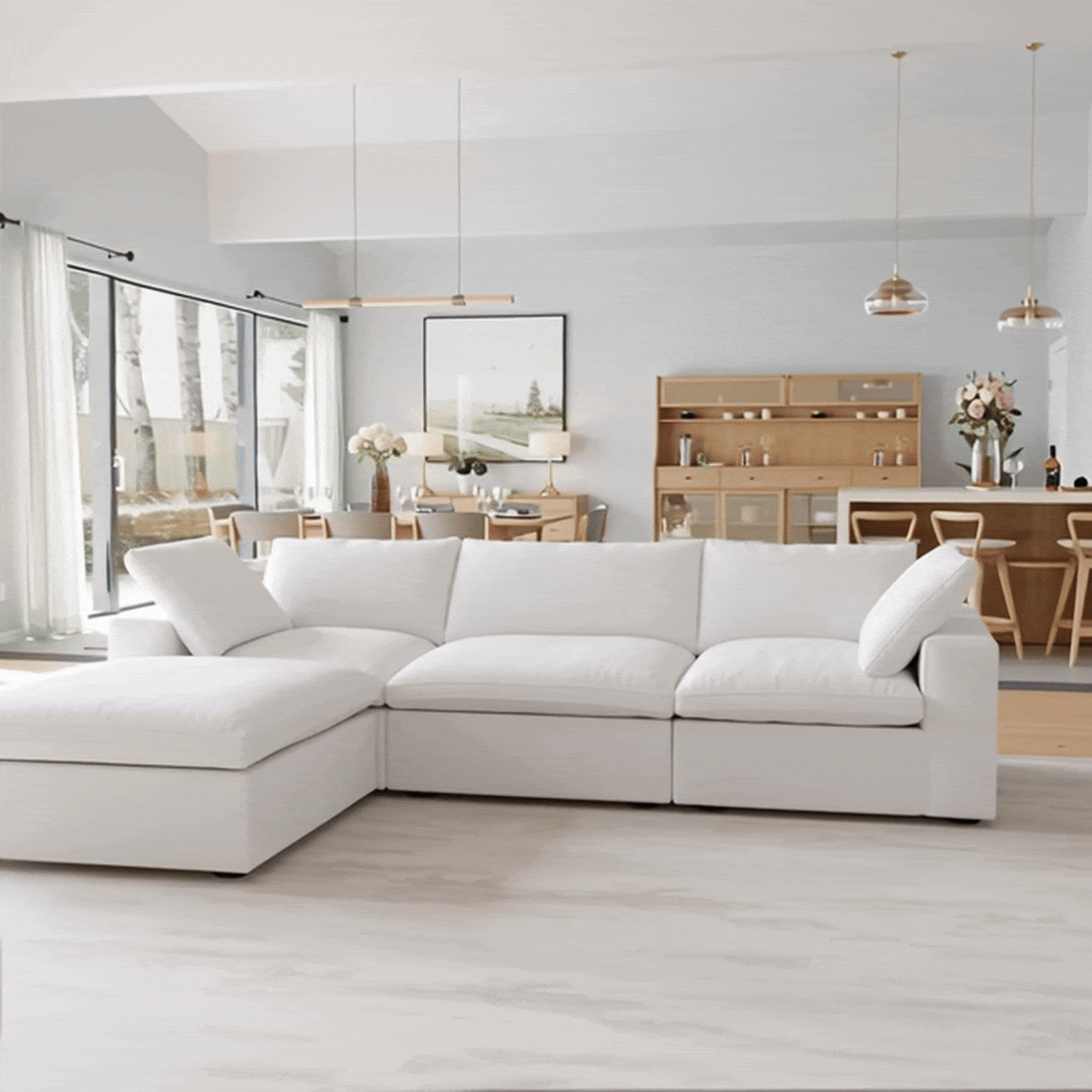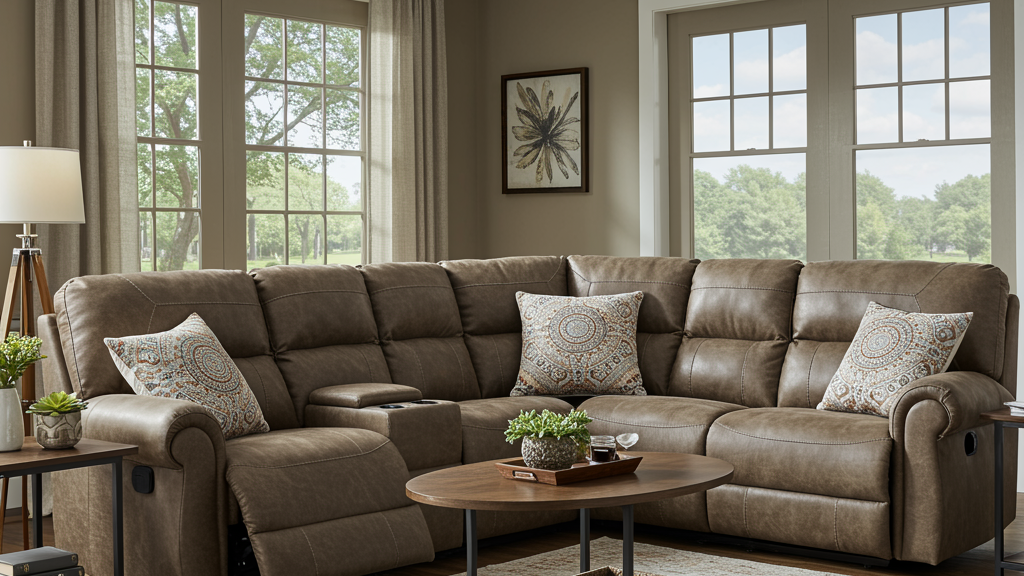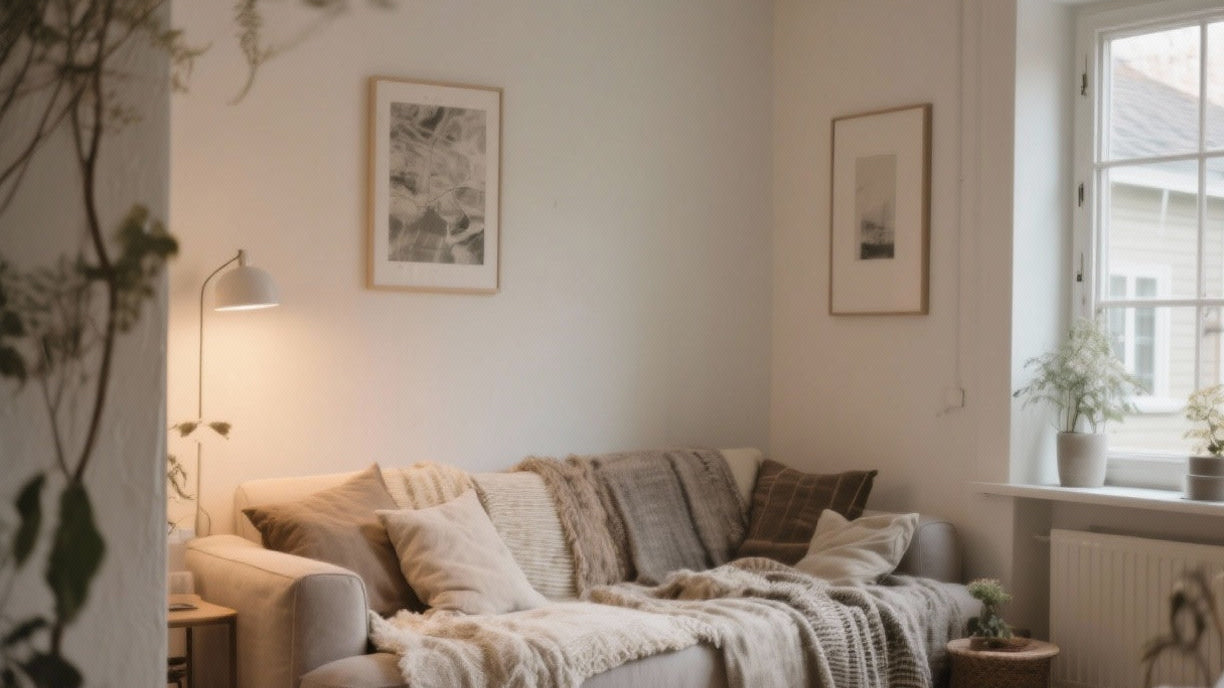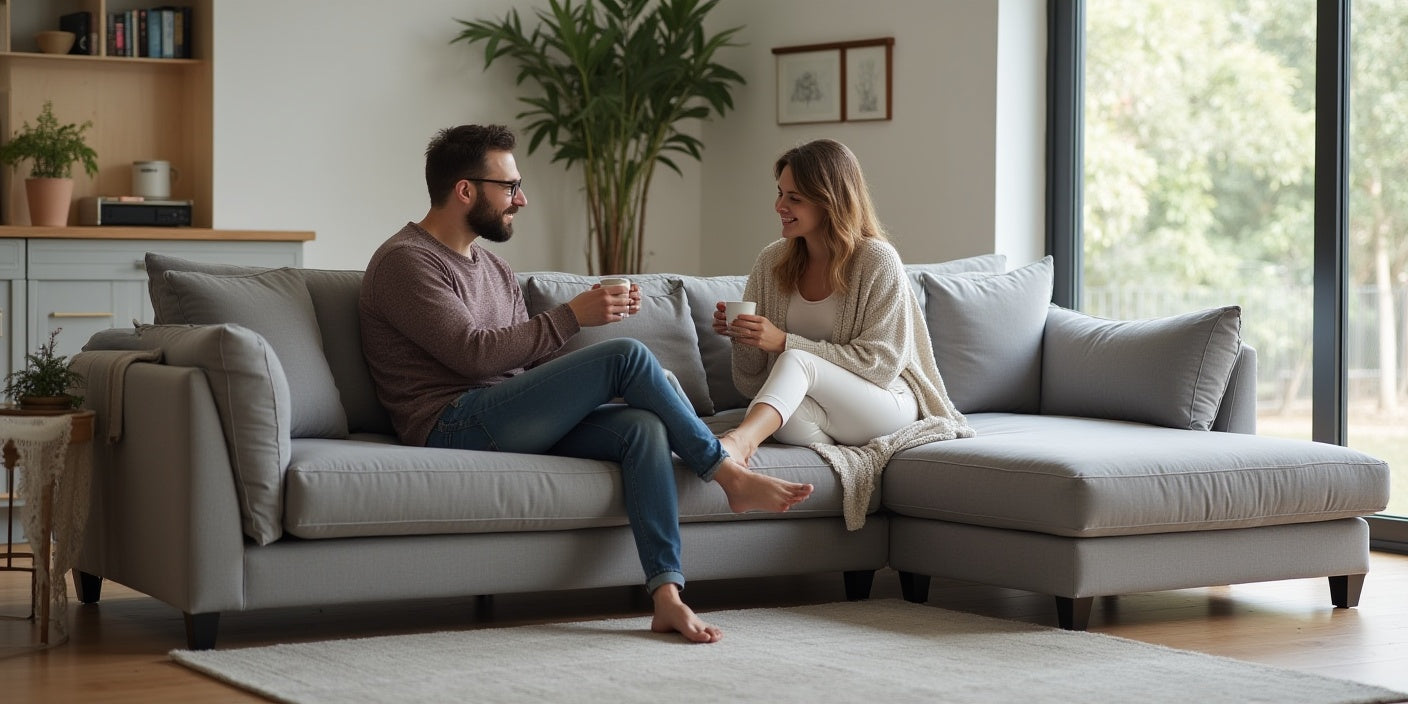Take a look around your living room. What’s the one piece everyone gravitates toward without thinking? It’s probably the seat you collapse into after a long day, the one that quietly holds your life together. We all have it, that piece of furniture where comfort becomes ritual.

For most, it’s a sofa. For some, it’s a couch. But for those who appreciate proportion, detail, and the art of living well, it’s a settee.
The settee doesn’t need to dominate a room. It brings balance and intention. It’s smaller than a sofa, more polished than a couch, and has an effortless confidence that makes any room feel put together.
Merriam-Webster calls it “a long seat with a back” or “a medium-sized sofa with arms and a back,” but that barely covers it. In reality, a settee shows that good design is about intention.
Short History of Long Sitting

The story of the settee began long before modern living rooms and Netflix marathons. The word comes from the Old English “setl,” which meant a long wooden bench with a back. It started out simple: solid wood, made to last, used in large halls.
By the seventeenth century, things got fancier. In France and England, people added cushions and upholstery, turning the wooden bench into something you’d actually want to sit on. These early settee sofas weren’t about comfort though. They were made for posture and polite conversation.
Fast forward to the eighteenth and nineteenth centuries, and the settee became a sign of good taste. It showed up in elegant salons and drawing rooms, often where the best gossip happened. Some were big enough for three people, usually a young couple and a chaperone keeping an eye on them.
By the twentieth century, homes got more casual, and the settee adapted. It became smaller, more personal, and easier to move around.
Pop culture kept it alive. Holly Golightly had one in Breakfast at Tiffany’s. Rose reclined on one in Titanic. And in Bridgerton, the settee is still where secrets are shared. Every era has its own answer to what is a settee, but it always finds its place.
You might also like: Modern White Couch Ideas: Decorating and Cleaning Tips
Sofa, Couch, or Settee: What’s the Real Difference?

The words might sound interchangeable, but each carries its own origin and nuance.
The sofa comes from the Arabic word soffah, meaning a raised cushioned platform for sitting. It entered English through French influence in the seventeenth century and became the most common term in the United Kingdom for upholstered seating.
The couch has French roots as well, from coucher, meaning “to lie down.” The earliest couches were long and low, often without backs, used more like daybeds.
The settee came from the old English word setl, basically an early wooden bench. Over time, people added cushions, arms, and upholstery, turning it into something sleeker and more comfortable. It stayed smaller and more upright than a sofa, perfect for rooms where balance and polish mattered.
Today, the three terms overlap. “Sofa” feels modern and universal, “couch” sounds casual and American, and “settee” holds onto a touch of heritage. In the 1950s, writer Nancy Mitford famously declared “sofa” the word of the upper class, while “couch” and “settee” belonged to the middle class. Thankfully, language has relaxed since then. Now, each name simply reflects how we live.
Anatomy of a Modern Settee

A settee is defined by proportion and poise. It is smaller than a standard sofa but more substantial than a chair. Most designs have raised legs, firm backs, and neatly structured cushions that promote good posture.
A sofa settee fits perfectly in compact spaces like apartments or studios. It can live under a window, at the foot of a bed, or along a hallway wall. In larger homes, it brings symmetry or fills an empty corner with character.
Designers often use two settees facing each other to create a conversational layout. Others place one beneath a mirror or artwork as a subtle focal point. The magic of the settee lies in how natural it looks almost anywhere.
Read more: Best Sofas for Families with Kids: A Complete Buying Guide
It also earns points for practicality. In bedrooms, it serves as a spot for clothes or books. In bathrooms, it softens a minimalist space. And for pet owners, it quickly becomes the most coveted seat in the house.
How to Style It Right

Styling a settee should feel effortless. The goal isn’t to fill space but to create calm and balance. A well-styled settee brings order to a room, inviting you to sit, breathe, and feel at ease. Start with intention, and let every detail serve a purpose.
-
Keep it simple. The settee already carries presence. One or two pillows are enough. Add a light throw for softness and warmth.
-
Choose with care.
-
Linen or cotton brings a relaxed, breathable texture.
-
Velvet adds quiet richness and depth.
-
Leather introduces structure and calm masculinity.
-
Cane or rattan feels airy and organic.
-
Let color guide emotion.
-
Neutrals create peace and timelessness.
-
Deep greens, rusts, or navy tones ground a space with subtle drama.
-
A patterned settee sofa adds character when you want energy and movement.
-
Balance the space.
-
Two settees facing each other encourage connection and flow.
-
A single sofa settee in a smaller room can anchor the layout without feeling heavy.
A settee should spark a sense of calm when you see it. If it feels right, it will look right.
You might also like: How to Decorate a Long Living Room: Stylish Solutions for Narrow Layouts
Beauty of Settee
The settee has survived centuries of changing tastes because it understands balance. It never shouts for attention. It simply fits. It’s efficient, graceful, and confident enough to let the rest of the room breathe.
In a design world obsessed with bigger and more, the sofa settee stands for something different. It’s elegance without excess. It adapts to anything, from mid-century minimalism to warm European refinement, and still feels right at home.
From eighteenth-century parlors to modern city lofts, the settee remains the piece that quietly ties everything together. It doesn’t demand space. It defines it. It reminds us that thoughtful design can be simple, functional, and deeply beautiful.
So, what is a settee today? It’s not just a smaller sofa. It’s proof that comfort and intention can share the same seat. It’s design with discipline and charm that never fades.
Bring that quiet confidence home. Explore Sofatica’s collection, designed to make every room feel balanced, personal, and perfectly yours.
